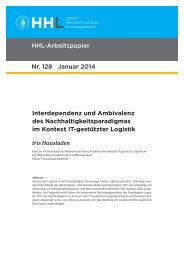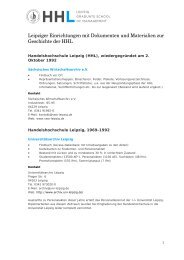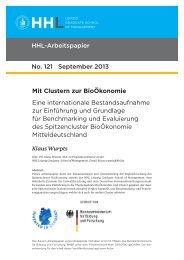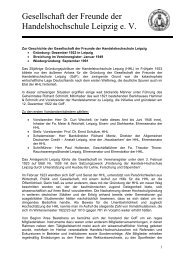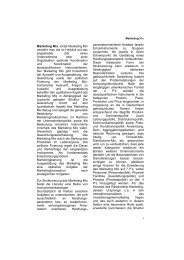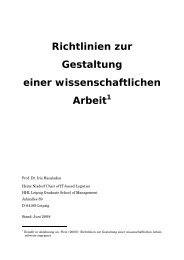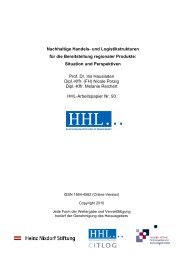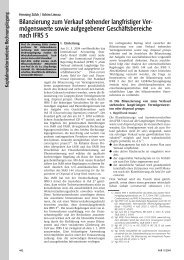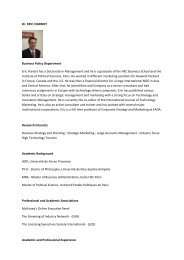Enforcing Financial Reporting Standards: The Case of White ...
Enforcing Financial Reporting Standards: The Case of White ...
Enforcing Financial Reporting Standards: The Case of White ...
Create successful ePaper yourself
Turn your PDF publications into a flip-book with our unique Google optimized e-Paper software.
achieve significant progress on by 2008. In September 2008, the FASB and the IASB updated<br />
their MoU and agreed on milestones to be achieved on a number <strong>of</strong> projects by 2011. In June<br />
2010, the boards issued a progress report on the convergence project in which they also<br />
published a modified work plan that prioritizes the major projects mentioned in the MoU.<br />
Thus, the boards aim to increase their focus on those projects that they deem most urgent.<br />
As was set out earlier, the treatment <strong>of</strong> R&D according to IFRS differs from the US-<br />
GAAP requirements. R&D accounting was identified by the boards as one <strong>of</strong> the short-term<br />
convergence project as they considered the gap in the treatments narrow enough to close in a<br />
short period <strong>of</strong> time. Thus, R&D accounting was included in the MoU as issued in 2006.<br />
However, after several rounds <strong>of</strong> discussions, the boards decided not to add the project to the<br />
active agenda. What’s more, R&D accounting was not mentioned anymore as a part <strong>of</strong> the<br />
modified work plan which meant that the project was not prioritized. Thus, the boards did not<br />
expect to agree on converging R&D accounting in the near future.<br />
<strong>The</strong> main reason for this development seems to be that the differences in R&D<br />
accounting were only perceived to be small, while they, in fact, addressed a fundamental<br />
difference between IFRS and US-GAAP. While the former system is generally considered<br />
principles-based, the latter is described as rules-based. <strong>The</strong> main characteristic <strong>of</strong> a principle-<br />
based regime is that a limited number <strong>of</strong> standards give guidelines on how to assess<br />
transactions. <strong>The</strong>refore, the principles cannot provide an impermeable set <strong>of</strong> requirements but<br />
rely on managerial judgment. On the other hand, a rules-based system issues guidance on a<br />
case-by-case basis which results in a high number <strong>of</strong> standards and, thus, relatively tight<br />
regulation.<br />
Prior to issuing SFAS No. 2, R&D accounting in the U.S. was also based on<br />
principles similar to the ones currently in use by IAS 38. Entities were to capitalize their<br />
research and development costs if a certain set <strong>of</strong> criteria was fulfilled. This procedure was<br />
31





